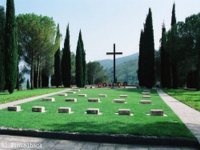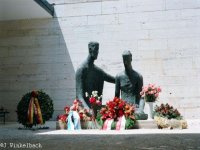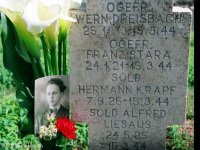I picked this helmet up on a trade. It came from a fellow who is a teacher and was given it by the family of one of his students. The helmet was found among the possessions of the student's uncle, who passed away, and who was the WW2 vet who brought it back. The fellow I got it from eventually got the deceased uncle's name from the family and I ran the name in the archives. I found that he was indeed an NCO and WW2 ETO combat veteran. I'm trying now, without luck, to identify his unit.
The stains on the inside of the liner match with areas where it looks like a bullet (not shrapnel) penetrated the leather at Behrens forehead. I was the first to untie the liner. Looks like a .30 cal bullet came in at the trajectory shown. I think Behrens had his head down and to the left, as is a typical reaction of soldiers under fire or advancing into it. Thus, the bullet could have caused some facial damage and gone into the upper left shoulder or chest. He likely went down as you can see where blood pooled in the front of the helmet, and a matching stain on the outside where blood could have leaked out the hole and pooled up on the outside of the helmet, but in the same spot. I performed blood test analysis with a crime labe kit on the stains and they came back positive. I'll provide the results later.
I also asked for a medical opinion from a buddy of mine, a doctor and militaria collector who is familiar with the diagnosis and treatment of traumatic head wounds as well as having a great knowledge of military history and medical treatment of that time. My question was whether or not this would have been fatal to Behrens. His response:
"I don't think it's a survivable wound. That bullet plus whatever else peeled off that helmet would have fragmented (unless an AP round was used, which was commonly used by GIs in rifles but not generally in machine guns supporting infantry) into a high velocity load of buckshot and exposed enough brain that if he didn't die right then, he wouldn't have had long. Medics on all sides usually didn't consider open skulls with brains missing worth wasting time and supplies on. And, since you have evidence the blood pooled, then it means he likely laid there long enough in the original position he hit the ground in after being hit until he bled out or his heart quit beating before he bled out.
He could have received other fatal wounds as well, maybe the head shot was one of a string of machine gun bullets that tore into him. If he was consious after being hit, or if someone who cared about him was nearby they/or he would have taken the helmet off first to assess damage and wouldn't have seen the pooling evidence. The trajectory could have changed after tearing through that helmet to, might have come out the back of his neck below the rear helmet rim for all you know. But, the fact that blood pooled is a pretty good sign he hit the ground with his helmet on and didn't move for a while. Knowing that the blood would have followed gravity you could probably lay the helmet on the ground with the area that the blood pooled being lowest point and get an idea of his head position on the ground. Looks like face down from the rust on the outside of the hole. And again, since the blood pooled, the helmet staying on his head after impact."
The stains on the inside of the liner match with areas where it looks like a bullet (not shrapnel) penetrated the leather at Behrens forehead. I was the first to untie the liner. Looks like a .30 cal bullet came in at the trajectory shown. I think Behrens had his head down and to the left, as is a typical reaction of soldiers under fire or advancing into it. Thus, the bullet could have caused some facial damage and gone into the upper left shoulder or chest. He likely went down as you can see where blood pooled in the front of the helmet, and a matching stain on the outside where blood could have leaked out the hole and pooled up on the outside of the helmet, but in the same spot. I performed blood test analysis with a crime labe kit on the stains and they came back positive. I'll provide the results later.
I also asked for a medical opinion from a buddy of mine, a doctor and militaria collector who is familiar with the diagnosis and treatment of traumatic head wounds as well as having a great knowledge of military history and medical treatment of that time. My question was whether or not this would have been fatal to Behrens. His response:
"I don't think it's a survivable wound. That bullet plus whatever else peeled off that helmet would have fragmented (unless an AP round was used, which was commonly used by GIs in rifles but not generally in machine guns supporting infantry) into a high velocity load of buckshot and exposed enough brain that if he didn't die right then, he wouldn't have had long. Medics on all sides usually didn't consider open skulls with brains missing worth wasting time and supplies on. And, since you have evidence the blood pooled, then it means he likely laid there long enough in the original position he hit the ground in after being hit until he bled out or his heart quit beating before he bled out.
He could have received other fatal wounds as well, maybe the head shot was one of a string of machine gun bullets that tore into him. If he was consious after being hit, or if someone who cared about him was nearby they/or he would have taken the helmet off first to assess damage and wouldn't have seen the pooling evidence. The trajectory could have changed after tearing through that helmet to, might have come out the back of his neck below the rear helmet rim for all you know. But, the fact that blood pooled is a pretty good sign he hit the ground with his helmet on and didn't move for a while. Knowing that the blood would have followed gravity you could probably lay the helmet on the ground with the area that the blood pooled being lowest point and get an idea of his head position on the ground. Looks like face down from the rust on the outside of the hole. And again, since the blood pooled, the helmet staying on his head after impact."



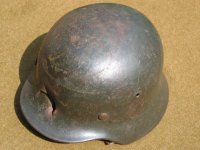
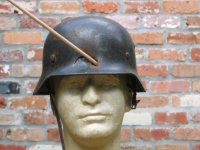

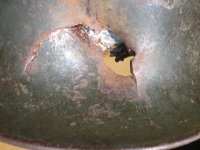

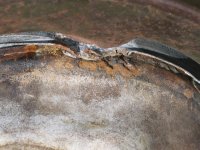
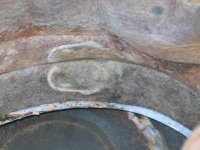
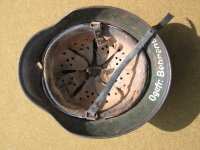
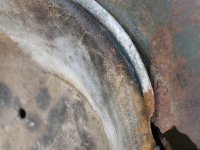
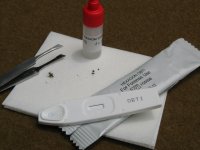
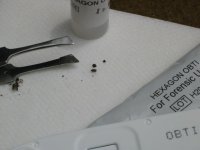
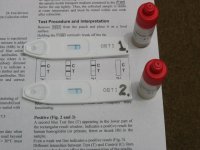
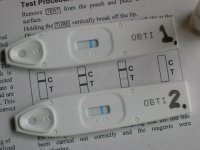
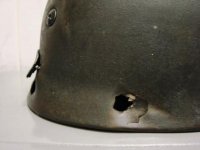
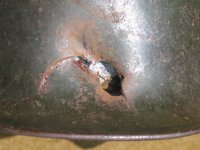
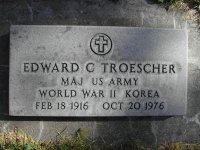
 I've narrowed "Obgef. Behrens" down to about six KIA in the west and their war graves. One was at Cassino. I may be able to ID the correct Behrens with some degree of certainty.
I've narrowed "Obgef. Behrens" down to about six KIA in the west and their war graves. One was at Cassino. I may be able to ID the correct Behrens with some degree of certainty.


